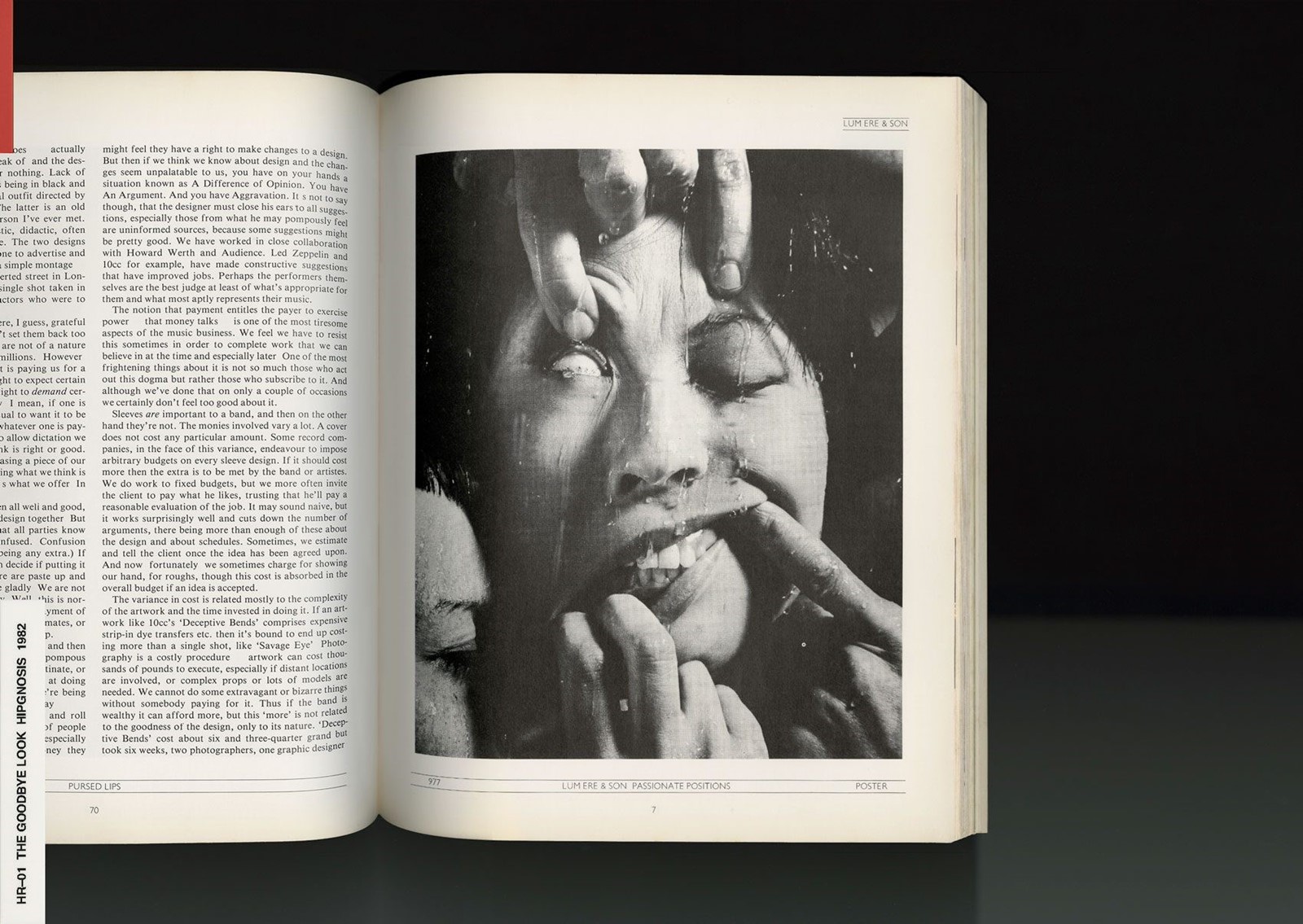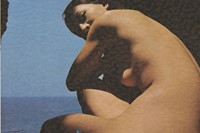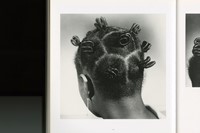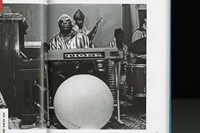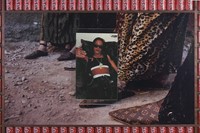New Reader, a digital library started by Eli Rosenbloom and Emwhi Nguyen in 2019, is a suggestion for how libraries can better function in the present moment. New Reader does exactly what its name suggests: on a free, open-to-all webpage, it provides a new way to consume; a new way to disseminate. The digital home Rosenbloom built with Nguyen organises information around individual personalities. The format is simple: long-form interviews with creatives form the nucleus of the online library. Each interview covers an individual’s creative practice, their sources of inspiration, their methods of making, and how they disseminate images or information. These interviews – with the likes of AnOther columnist Elise By Olsen, Hans Ulrich Obrist, Marine Serre and Sage Elsesser – are exceptionally detailed peeks into the minds of complex people. “We’re thinking about how a library or media around research and education can equal the cultural fidelity of a museum or music video,” says Rosenbloom.
Rosenbloom, comes with experience as a former designer at avant-garde art and fashion magazine Visionaire, where he worked after finishing his studies at Parsons. He’s the natural author of such a complex undertaking, with a practice that is as rigorous as it is flexible. At Visionaire, every new issue of the magazine took on a wildly different format than the last; issues were presented as a deck of cards, a bible with commissioned artworks, a denim garment (made with Levi’s), and a collaboration with Tiffany which repurposed 4,000 vintage novels. Suffice to say, Rosenbloom understands how to think far outside of the box. “When you make something from scratch, you start to think about every other person who has made something interesting in this world and what they were thinking,” says Rosenbloom. “At Visionaire we worked with the most legendary minds. Watching them synthesise their knowledge base into a singular object inspired me to develop a tool that could help clarify and archive their creative journeys.”

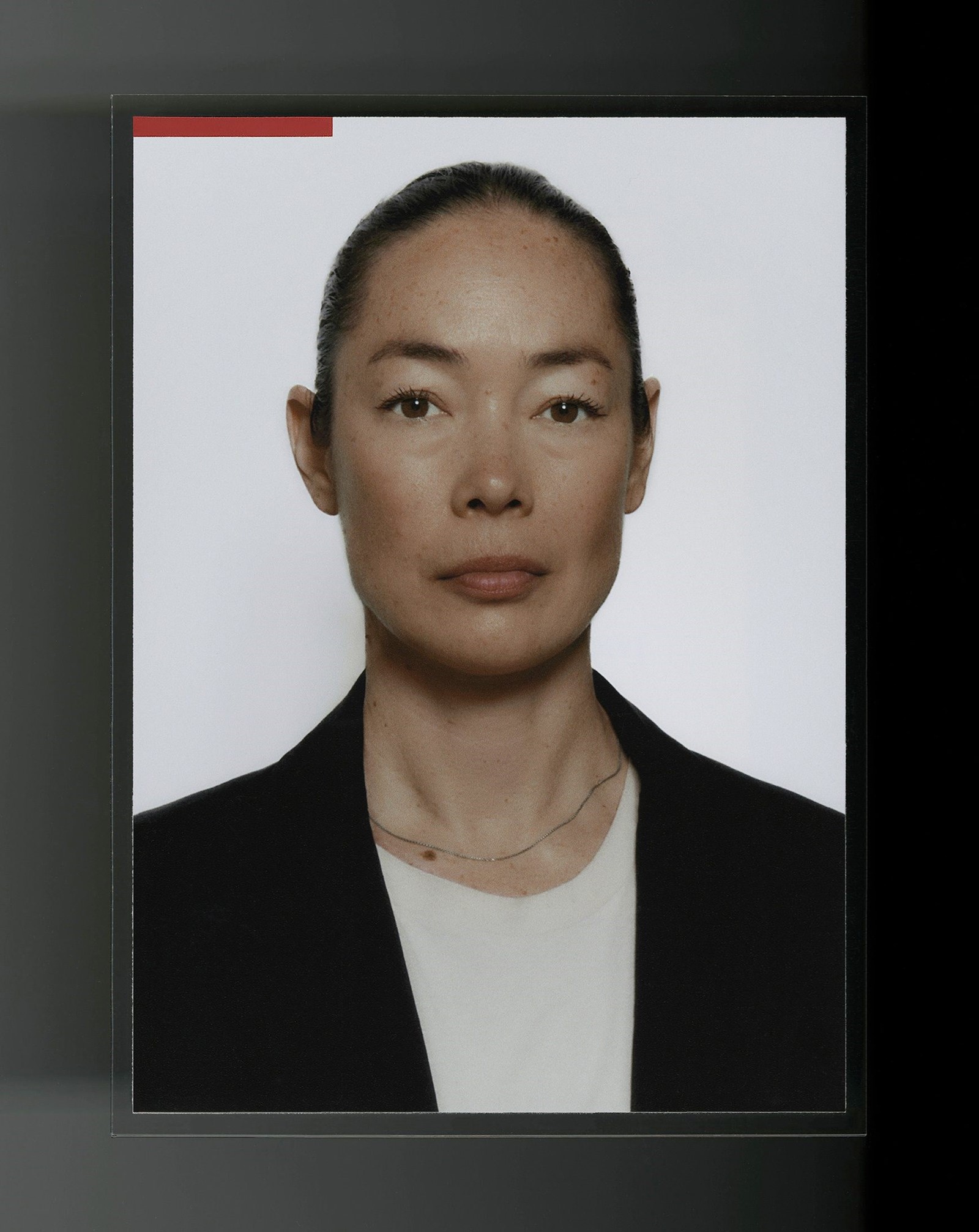
In a sense, New Reader is a uniquely American project. “When you look at the contributors – a young politician, a professional skateboarder, a Harvard chair, an owner of a bodega – the only place these people can all exist physically is a place like New York City,” says Rosenbloom, “and that is innately American.” Each subject is chosen for the singularity of their work, then the interviews are conducted and edited by Rosenbloom alone over the span of five months to a year. Though not intentionally reactive, New Reader proposes a value system in deep contrast to how much of the visual, corporate, and cultural world operates: here, time is the highest luxury and genuine care is compulsory. “The interviews are a collaborative research process, where subjects investigate their library and discuss what histories, techniques, and references are important to who they are and what they make,” Rosenbloom says. “Every reference is a chromosome in each person’s creative and intellectual DNA. It’s just as much of an opportunity for the subjects to learn about themselves as it is for the audience.”
The interviews themselves are varied in their content, but what links them is an emphasis on books as important reference points. During the course of the interviews primary materials are collected pertaining to the subject. For fashion designer Marine Serre, references stretch from Donna Haraway’s Cyborg Manifesto (1984) to Ilian Velikov’s Field Guide to the Amphibians and Reptiles of Britain and Europe (2016). Conceptual artist Dozie Kanu surprises by referencing the Being John Malkovich screenplay alongside slightly more expected picks, like The Electronic Superhighway (1995) by Nam June Paik and My Black Death (2015) by Arthur Jafa. But that’s the magic of New Reader – the unexpected connections that make human existence unpredictable are gathered and presented as jewels to cherish and contemplate. In its distinctive format, New Reader celebrates and prioritises independent thought.
“When you look at the contributors – a young politician, a professional skateboarder, a Harvard chair, an owner of a bodega – the only place these people can all exist physically is a place like New York City” – Eli Rosenbloom
Rosenbloom and Nguyen pour over the books each subject mentions, scan and archive the most relevant sections of each, and incorporate them organically into the body of the interview. Hyperlinks throughout each interview take you to images and mentions, which allows the mind to move in non-linear directions, opening up the possibility for an untraditional collation of information and creating an environment where new ideas are more easily birthed.
This library is that rare thing: a digital celebration of the tangible, and when, on the rare occasion New Reader becomes physical, the experience of the reader is just as thoroughly considered. With their Reading Room at Whaam! Gallery in 2021, Rosenbloom and Nguyen brought together reading recommendations from designer Andre Walker, architect John Pawson, musician Arca, photographer Liz Johnson Artur, and writer Fran Lebowitz among others. Visitors sat and flipped through copies of these recommendations at a Donald Judd-designed aluminium table and chair, and a functional artwork by Dozie Kanu. Custom Vitsoe shelving held the valuable tomes on loan. In tandem with the Reading Room, New Reader supplied a directory of every independent bookstore in New York City at the time of the installation.


“New Reader allows you to trace how books and knowledge are acquired and applied,” says Rosenbloom. It is a meeting point for the nerds who live online and offline, an exercise in connection and empathy, and a deeply intimate presentation of information. “Books are something you touch and hold and value – they are deeply personal in that way,” Rosenbloom says. In the context of rapid news cycles, deteriorating attention spans, fake news, and dwindling resources, making books accessible is that much more important. New Reader has done just that: it’s made the intimidating, the inaccessible, and the dry into something sexy, something special, and something worth keeping alive.
Visit New Reader here.
